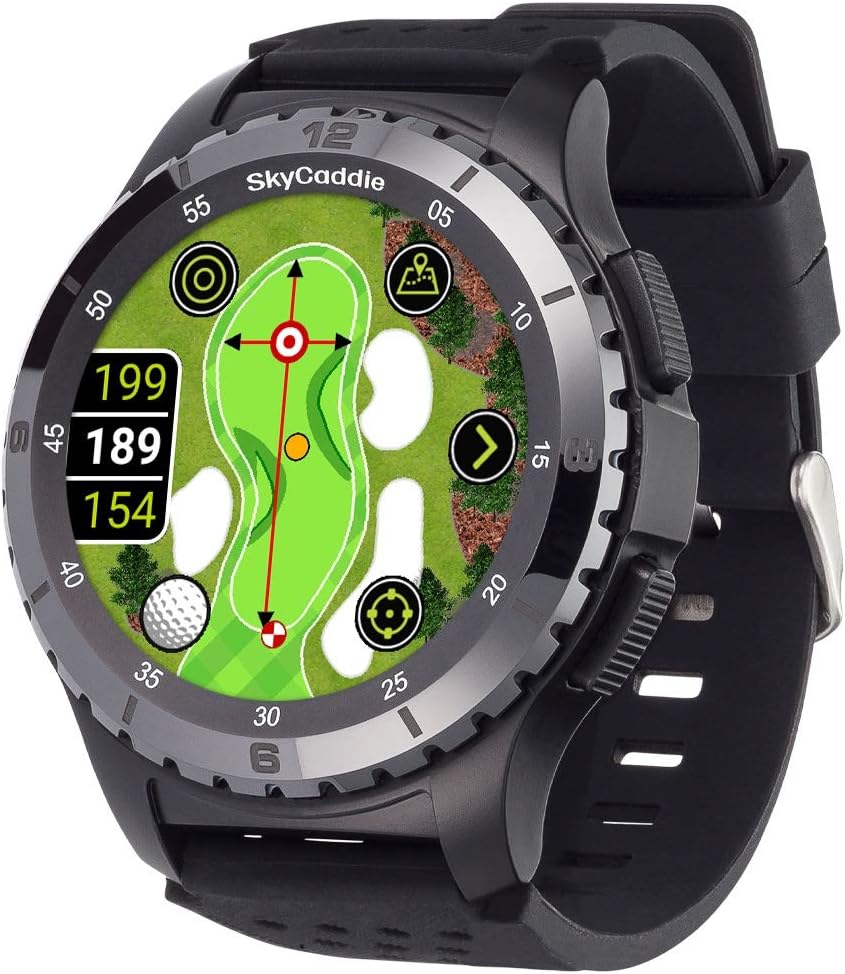In today’s increasingly interconnected world, concerns about privacy are more relevant than ever, especially when traveling. While exploring exciting new destinations, the last thing you want to worry about is the possibility of hidden cameras compromising your personal space and security. This comprehensive guide will delve into the world of hidden camera detectors, explaining why they’re crucial for your safety and peace of mind while traveling internationally.
Why You Need a Hidden Camera Detector While Traveling

The prevalence of miniature cameras, easily disguised in everyday objects, has sadly increased. These devices can be planted in hotel rooms, Airbnbs, or even public restrooms, leading to privacy violations and potential security risks. A hidden camera detector empowers you to proactively safeguard your privacy and detect these devices before they can capture unwanted footage. Knowing you’ve taken this precaution offers a significant sense of security, allowing you to relax and truly enjoy your trip.
Types of Hidden Camera Detectors

Several types of hidden camera detectors are available, each with its own strengths and weaknesses. Understanding these differences will help you choose the best device for your needs:
- RF (Radio Frequency) Detectors: These devices detect the radio frequencies emitted by wireless cameras. They’re relatively inexpensive and easy to use, but they won’t detect wired cameras or those using alternative transmission methods.
- Lens Detectors: These detectors use infrared light to locate the lenses of hidden cameras. They can detect cameras even if they’re not transmitting signals, making them highly effective. However, they can sometimes produce false positives from reflective surfaces.
- Combined RF and Lens Detectors: These offer the best of both worlds, combining the capabilities of RF and lens detectors. They provide more comprehensive detection, although they tend to be more expensive.
- Smartphone Apps: Several apps claim to detect hidden cameras using your phone’s camera. While some might offer basic detection capabilities, their effectiveness is often limited and highly dependent on your phone’s hardware and software. We recommend using these as supplemental tools, rather than your primary detection method.
How to Use a Hidden Camera Detector

Using a hidden camera detector is generally straightforward. Most devices feature simple instructions and intuitive interfaces. However, here are some general tips to optimize your detection efforts:
- Systematic Approach: Scan the room methodically, starting from the ceiling and working your way down to the floor. Pay close attention to common hiding spots like smoke detectors, electrical outlets, clocks, and picture frames.
- Multiple Passes: Perform several sweeps of the room from different angles to ensure you haven’t missed any cameras. Hidden cameras are often cleverly concealed, so a thorough search is crucial.
- Understand the Signals: Learn to recognize the signals or indicators your chosen detector produces when it detects a hidden camera. This will help you quickly and efficiently identify potential threats.
- Check Unusual Activity: Besides using your detector, also look out for flickering lights, strange sounds, or unexpected movement in your surroundings that could indicate a hidden camera’s presence.
Choosing the Right Hidden Camera Detector for Your Travels

The ideal detector for your trip depends on your budget, the level of security you desire, and your technical skills. If you’re on a tight budget, an RF detector might suffice. However, for the most comprehensive protection, a combined RF and lens detector is recommended. Consider the size and portability of the device, as you’ll be carrying it with you. Read online reviews before purchasing any device to get a better understanding of user experiences and potential limitations.
Beyond the Detector: Additional Travel Safety Tips
While a hidden camera detector is an invaluable tool, it’s just one aspect of overall travel security. Here are some supplementary tips to enhance your safety and privacy:
- Thoroughly Inspect Your Accommodation: Upon arrival, take the time to visually inspect your room for anything suspicious. Check behind furniture, in electrical sockets, and any unusual objects.
- Use a Door Wedge: A simple door wedge can provide an extra layer of security, preventing unwanted entry.
- Be Aware of Your Surroundings: Pay attention to your environment and trust your instincts. If something feels off, don’t hesitate to change locations or contact your accommodation manager or local authorities.
- Secure Your Personal Belongings: Keep your valuables secure and out of sight to minimize the risk of theft.
- Inform Someone of Your Itinerary: Sharing your travel plans with family or friends ensures someone is aware of your whereabouts.
Traveling should be an enjoyable and enriching experience. By investing in a reliable hidden camera detector and implementing these safety measures, you can significantly reduce the risk of privacy violations and ensure a more secure and worry-free journey. Remember, prioritizing your safety and privacy is crucial for enjoying your travels to the fullest.




